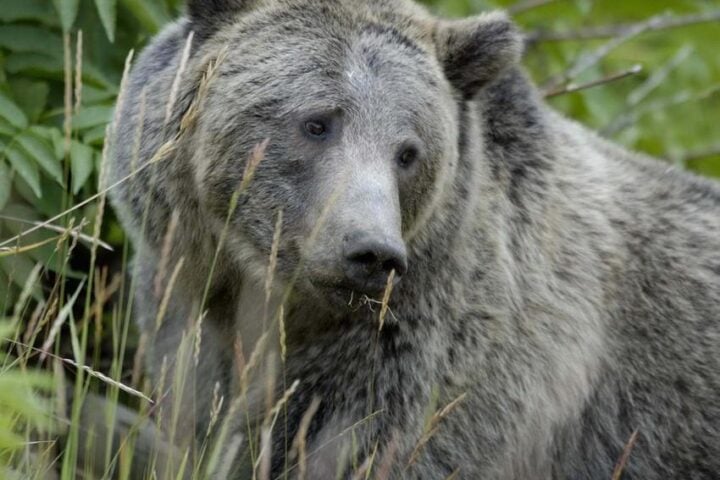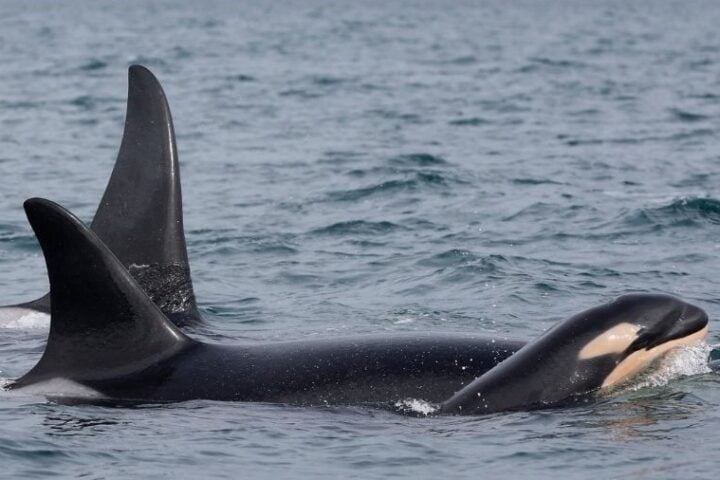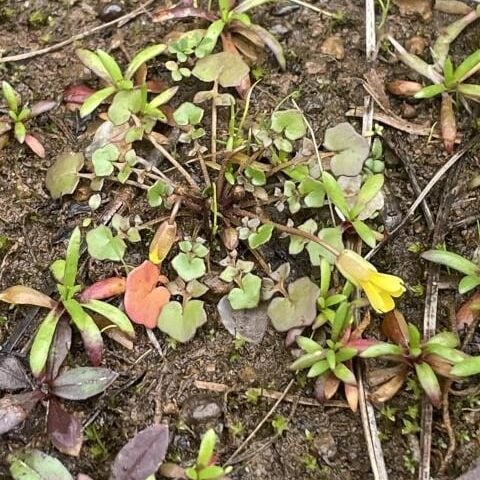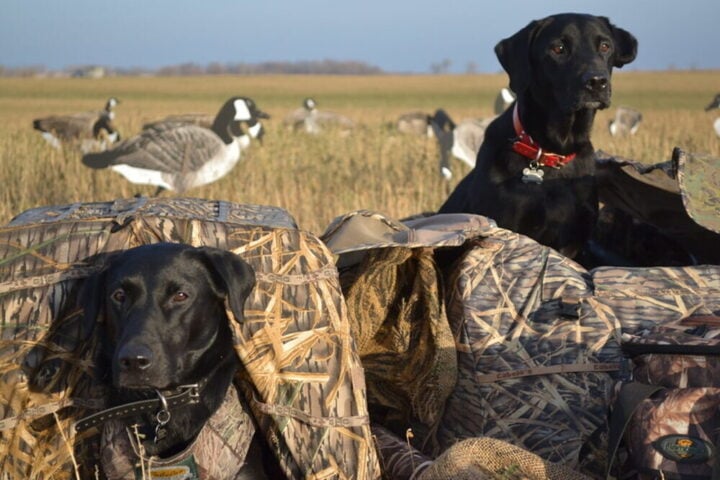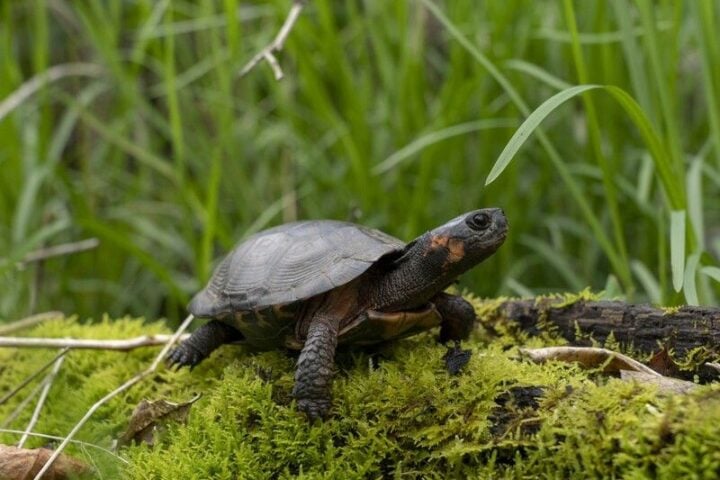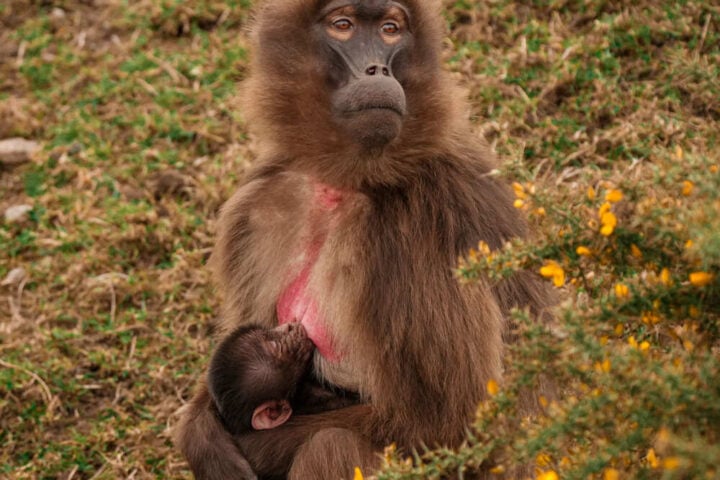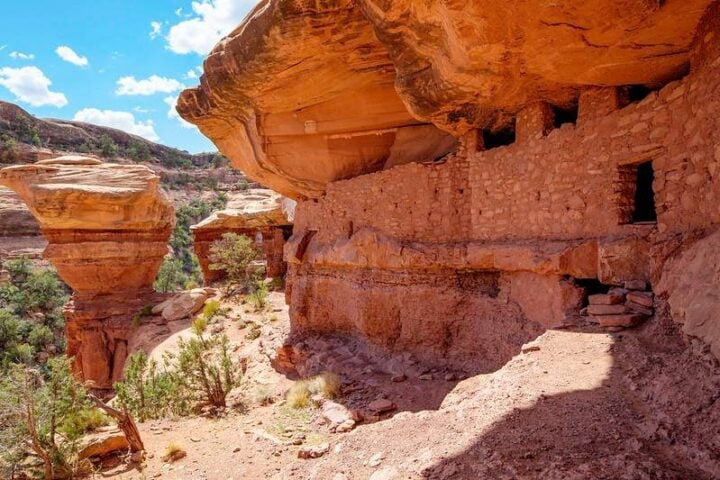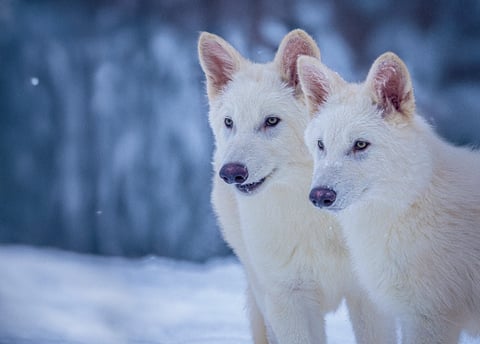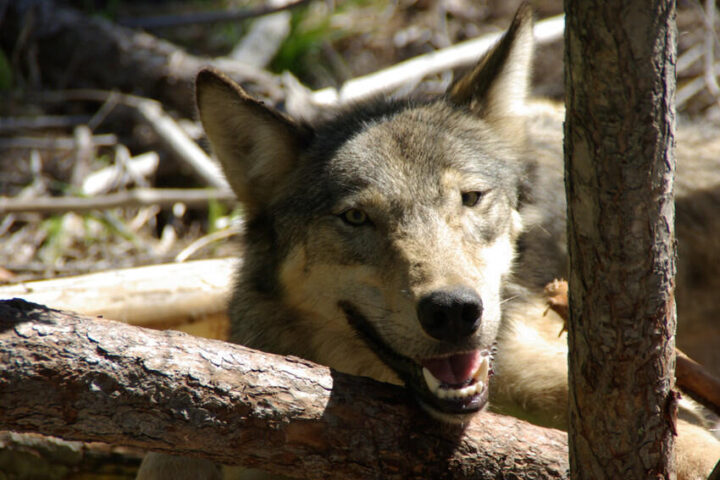The northern spotted owl faces a new threat – there’s no one left to watch over them. A government hiring freeze means wildlife agencies can’t bring in the scientists needed to track these endangered birds.
“We can’t collect the data we need,” says Taal Levi, who studies wildlife at Oregon State University. “Without staff to monitor these beautiful owls, we don’t know if they’re surviving or disappearing.”
The numbers we do have are worrying. In one area – the Olympic Peninsula – more than 80% of owls have vanished between 1995 and 2017. Across the Northwest, the owls are disappearing at a rate of 3.8% every year.
The problem is simple but serious. Every spring and summer, wildlife agencies hire trained scientists to check on the owls. These scientists place recording devices in forests to catch owl calls and count how many birds remain. But now, agencies like the U.S. Fish and Wildlife Service can’t hire anyone because of the freeze.
This matters beyond just the owls. When scientists track owls, they also watch over the old-growth forests where these birds live. These forests are home to other endangered animals like salmon and provide timber for local communities. Without proper monitoring, both logging and conservation work might need to stop.
Similar Posts
Noah Greenwald, who directs endangered species work at the Center for Biological Diversity, sees this as part of a larger problem. “This assault on civil servants who help save endangered species is just beginning,” he warns. “Spotted owls could be their first victim.”
The owls already face tough challenges. Another owl species – the barred owl – is moving into their territory and competing for resources. These barred owls are more aggressive and adaptable, making survival harder for spotted owls.
While there have been discussions about reversing the hiring freeze for seasonal biologists, nothing has changed yet. Each passing season without proper monitoring means we lose track of how these owls are doing. Years of work to protect them could be wasted.

The impact reaches beyond just counting birds. These owls help show the health of entire forest ecosystems. When owl numbers drop, it often means their forest home is in trouble too. This affects everything from clean water to recreation in these areas.
There have been discussions about potential solutions, but for now, the forests remain largely unwatched. As spring approaches, the usual teams of scientists who would be preparing to monitor these owls remain sidelined, leaving both the birds and their forest habitat increasingly vulnerable.
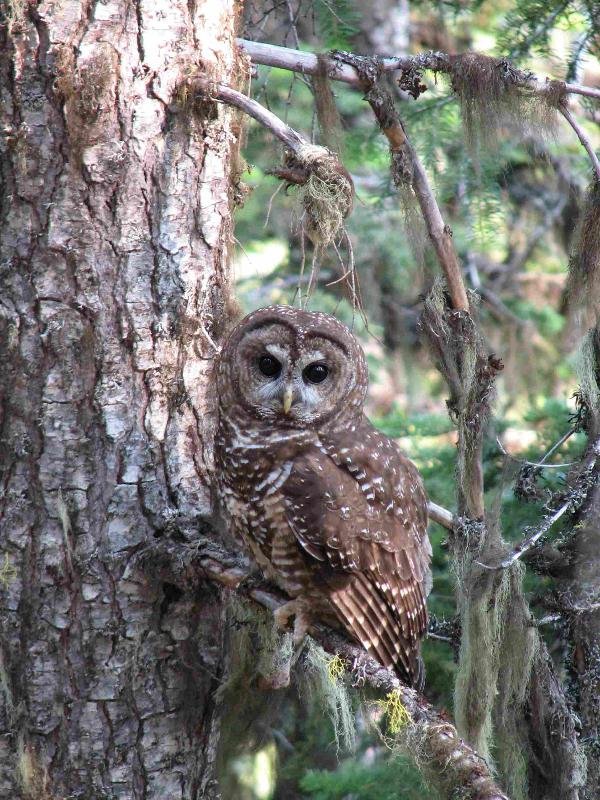
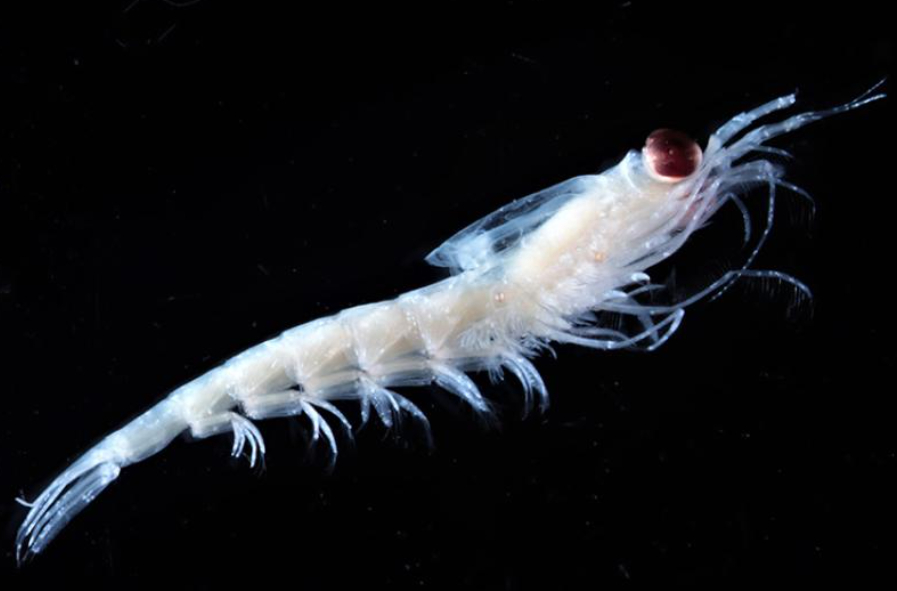
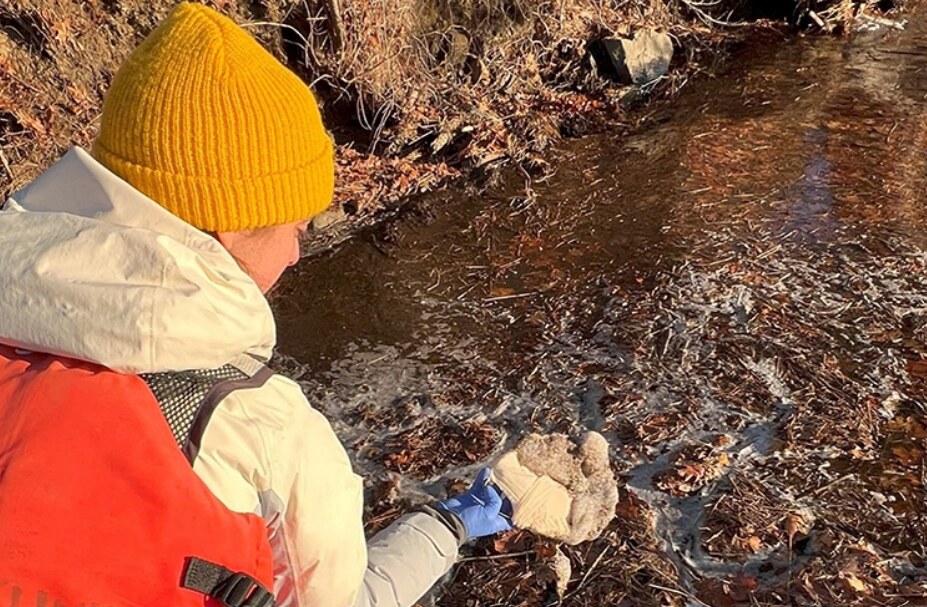
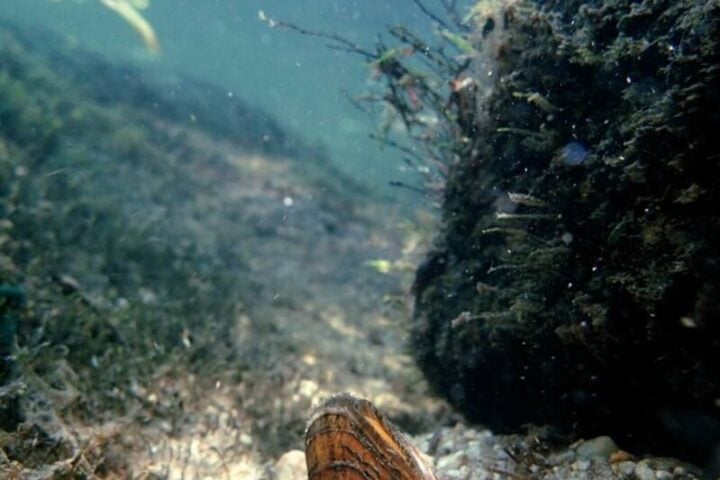
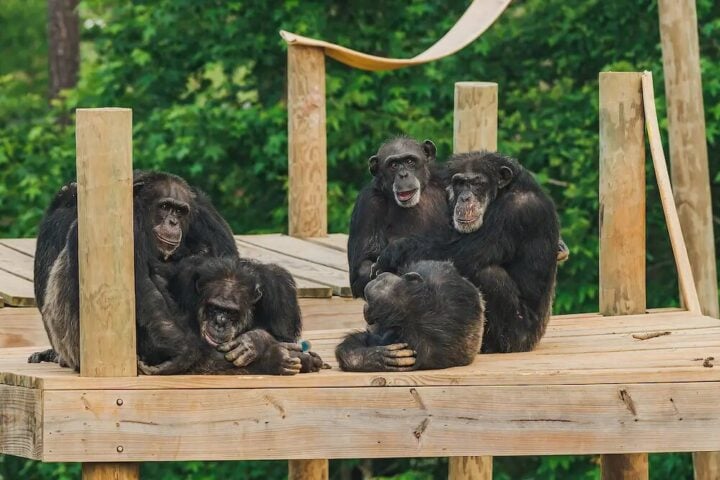
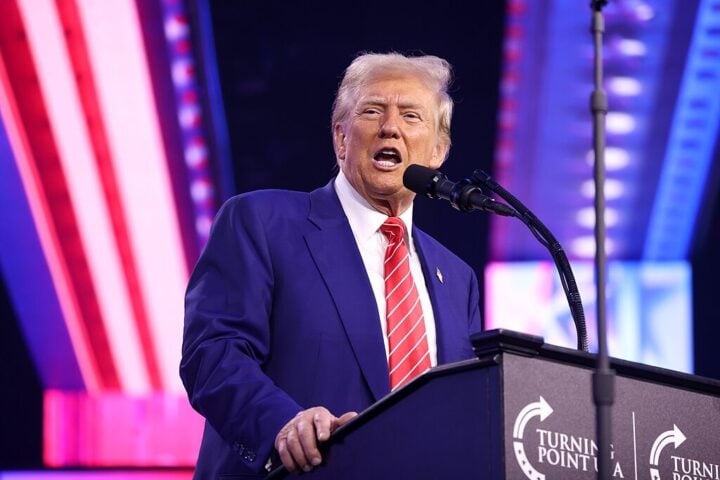
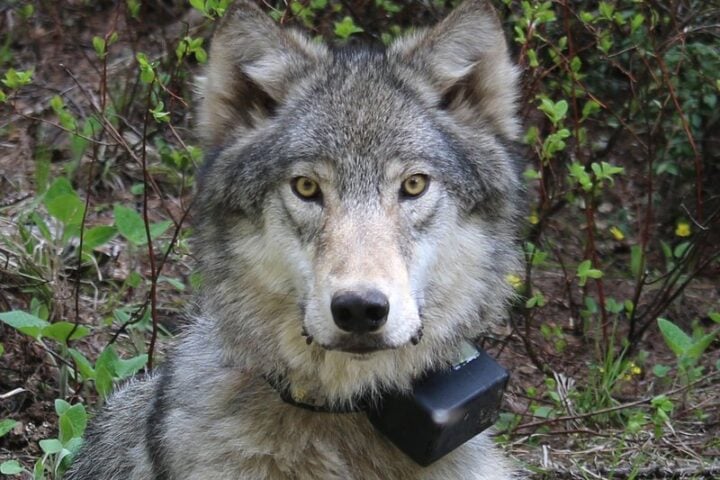
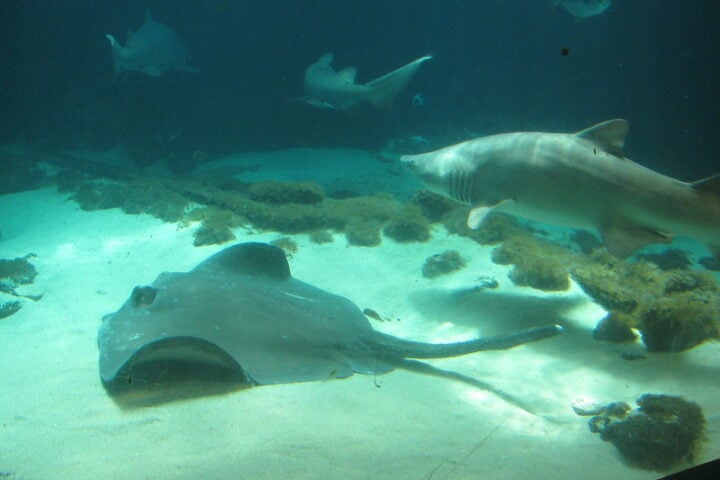
![Representative Image: European Starling [49/366]. Photo Source: Tim Sackton (CC BY-SA 2.0)](https://www.karmactive.com/wp-content/uploads/2025/04/Starlings-Drop-82-in-UK-Gardens-as-Birdwatch-2025-Reveals-Record-Low-Count-Since-1979-720x480.jpg)
